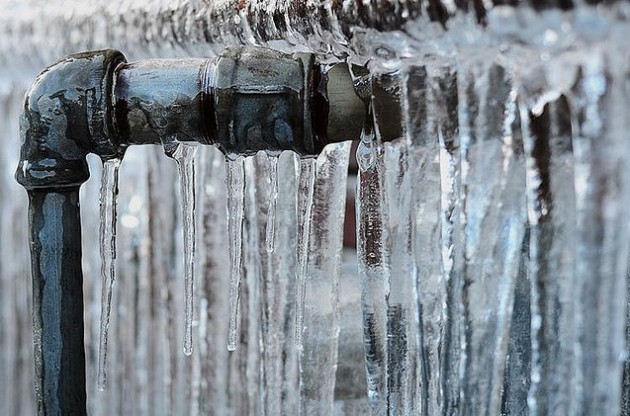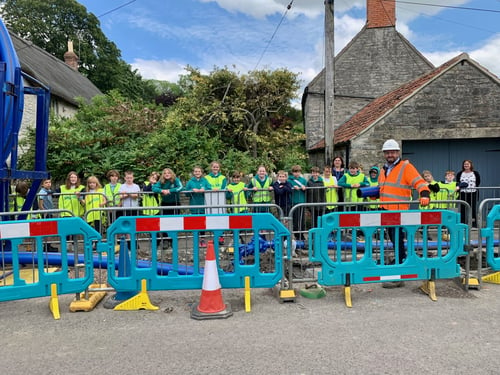
During winter months we see a lot more burst mains and leaks on our network. We're continually investing and upgrading our network, replacing mains to reduce interruptions to supply. But we can’t replace the whole network at once, so it is likely that during the colder months we will see more burst mains.
Why are bursts more common in cold weather?
At peak times, such as early mornings, when more people are using taps or showers in their homes, the pressure inside a water main will drop. When water use slows down as the morning rush ends, the water the pressure increases, and this can cause slight movements in the water main.
During really cold weather, the ground temperature drops causing the ground to freeze and contract. This contraction combined with the pressure in the water main can lead to movement of ground around the main causing stress fractures, or small cracks, to occur allowing the water to escape.
We also see an increase of bursts and leaks when there are noticeable rises in temperature change. During this thawing period, the ground temperature warms up, swelling the ground. This swelling can also cause additional stresses on the main, especially if the thawing period is rapid.
.png?width=950&height=500&name=Untitled%20design%20(88).png)
Many older pipes are made from cast iron which is more brittle than modern ductile iron or plastic water mains, and we tend to see more bursts or leaks in the older mains. Our programme of works will eventually see all mains replaced or renovated to more modern materials which will see a reduction in future bursts.
The summer can cause burst pipes too
During the summer, when lots of people in the same area have a shower to cool off, fill up their paddling pools or use their garden hose, it can affect water pressure. Increased demand combined with high temperatures puts pressure on the pipe network, meaning that in peak times, your water pressure may dip - and during periods of extreme heat, bursts are much more likely to occur as the network comes under strain.
There is also an increase in plant root growth during the summer which can disturb pipes and when there is a lack of rain, small movements in the ground can occur, both of which can lead to a burst.



.png?width=500&height=500&name=Untitled%20design%20(37).png)
